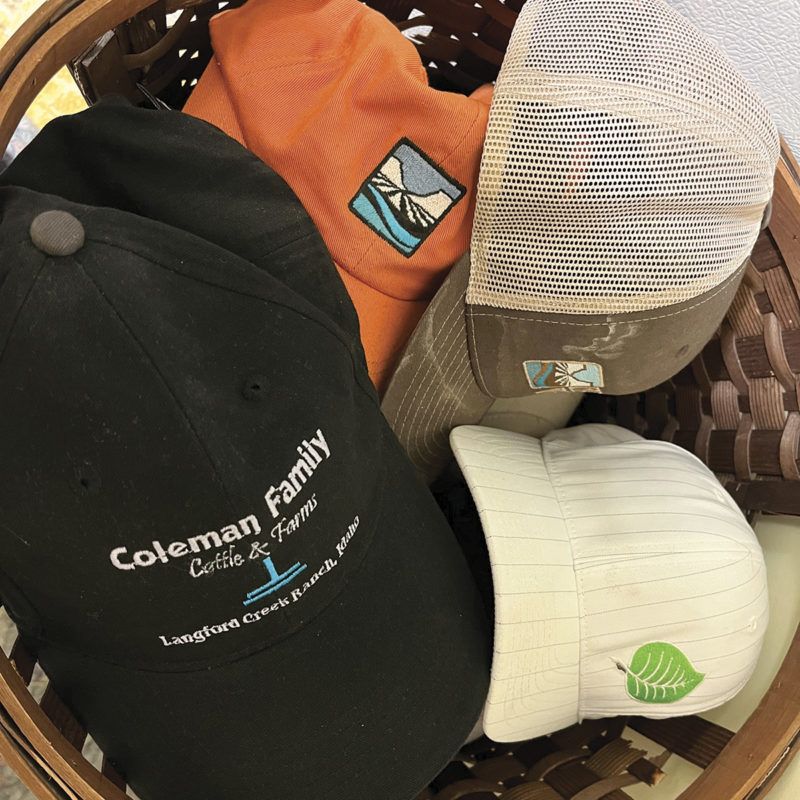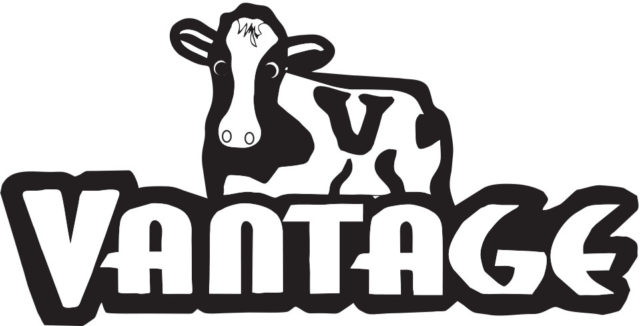What was the market value of a 27-year-old Idaho farmer in 1995? You’ll be interested to know I have precise and firsthand data on the subject. I acquired one such farmer, sans farm, on April 4 of that year and received full payment for him. I fully meant to say what I just said. Due to the singular nature of the transaction, I was actually awarded payment for taking on said farmer as opposed to expending any funds of my own to acquire him. Such were the remarkable market conditions of 1995.
The dowry I received, for dowry is probably the financial instrument which most closely describes the transaction, came from his mother, who seemed suspiciously eager to make the exchange. It was a ritual, I suspect, she had anticipated for years, as she gleefully gave me a closet’s worth of cardboard boxes that had apparently been sitting in the basement since the farmer’s high school graduation. Four of the boxes contained what I came to understand were the “treasure of all treasures.” Delivery to me of those four specific potato boxes, 50-pound size and filled to the brim, told me more clearly than anything else could have: “He’s all yours now.”
From that trade, I calculate Dave’s value at the age of 27 – a farmer with working experience in beef, alfalfa, wheat and corn, teeth intact, 130 pounds soaking wet and delivered complete with irrigating boots and motorcycle – was the exact equivalent of 240 ball caps. Condition of the caps? Mint. Nature and size of the collection? A complete representation of southern Idaho farm habitat. Those potato boxes held seed caps, fertilizer caps, chemical caps, equipment caps, bank caps, gas station caps, beef caps and probably caps from J.R. Simplot himself. There may never be another collection like it.
Tragically, I lost Dave’s dowry in a series of basement floods, many of which can be directly attributed to the irrigator himself. Despite the inestimable loss, we somehow have never been short on hats around here. In fact, I would actually like to experience a cap drought just to see what counter space looks like. I’m not holding my breath. It’s a fundamental fact of farm arithmetic that, despite what my laundry room looks like, it is impossible to have too many hats. And when those hats are free? Why take just three when you can have four? All we have to do to expand our collection is go out and buy a new tractor, a new bull, a new insurance policy, a few tons of seed, an order of chemical or fertilizer, or take out a loan, and boom – like magic, hats start falling from the sky. The Coleman men just purchased a new baler, and I’m still trying to pencil in the cost of the free hats that came with it. I keep telling Dave I can figure out other ways to cover our heads that will be a whole heck of a lot less damaging to our bottom line, but he hasn’t taken me up on my offer yet. I suspect he is more excited about his new hat than he is about the baler.
The strangest thing about all the ball caps around here is: Dave and the kids don’t actually wear them. I mean, they don’t wear 99% of them. I admit, I don’t wear hats at all, so I am probably unqualified to understand hat culture, but I would presume people who own thousands of hats would use them like socks, a new one every day. Or I would think they would color-coordinate them with their boots and have dress-up caps, and go-to-school caps, and chore caps, and calving caps. But that is not the case around here. The day-in-day-out reality in Colemanville is: Everyone has a favorite cap, and that one hat, the CHOSEN ONE, is what they wear come rain or shine. I don’t understand the qualifications for what it takes to become THE HAT, but I don’t have to guess which ones on the shelf have gained the distinction. They are filthy. They are disgusting. They probably violate every health code known to man. Those hats certainly shouldn’t be worn out in public, but they always are. My dad operated the same mysterious way, so I wonder if the one-hat obsession is a southern Idaho phenomenon? A farm phenomenon? A drive your wife and/or mother crazy phenomenon?
In the spirit of free hats, I am going to dispense some free hat wisdom. I give you three steps to reach hat control and obtain hat nirvana.
Step 1: When THE HAT becomes too awful to ignore, throw it away. This is my best piece of advice and, if it suits your needs, you can stop reading right here. The beauty of throwing away a hat is: The owner/victim will never suspect you of the crime. Of course, you must bury the body effectively, preferably at the bottom of a trash can under three layers of greasy rags or beneath something scary from the fridge. A hat owner is always going to assume he or she left it somewhere – in the tractor, in the barn, on the fence. Be comforted to know that he did leave it somewhere. He left it within your grasp.
Step 2: Feel no guilt. Hats are like toothpicks. When a box or closet holds over 100, they can be considered a disposable commodity.
Step 3: If you must wash a hat, do not be intimidated. I find it alarming that people are more afraid of a laundered hat losing its shape than they are of the mangy, maggoty, blackened, sweat-stained monstrosity it has become. Douse the offending article in every cleaning agent you have short of gasoline, and scrub with vigor. Do not under any circumstances put the hat in one of those plastic cap-shaped frames that instructs you to wash it IN YOUR DISHWASHER. The people writing those instructions have never seen what your hats have seen. They have never been where your hats have been. Hand-wash the hats without mercy until they approximate their original color, and then put them in the hat frame to dry. If your hats still come out looking like deflated mushrooms, don’t panic. Just come on over to my house and grab yourself another dozen. Free of charge.



.jpg?t=1687982885&width=640)



